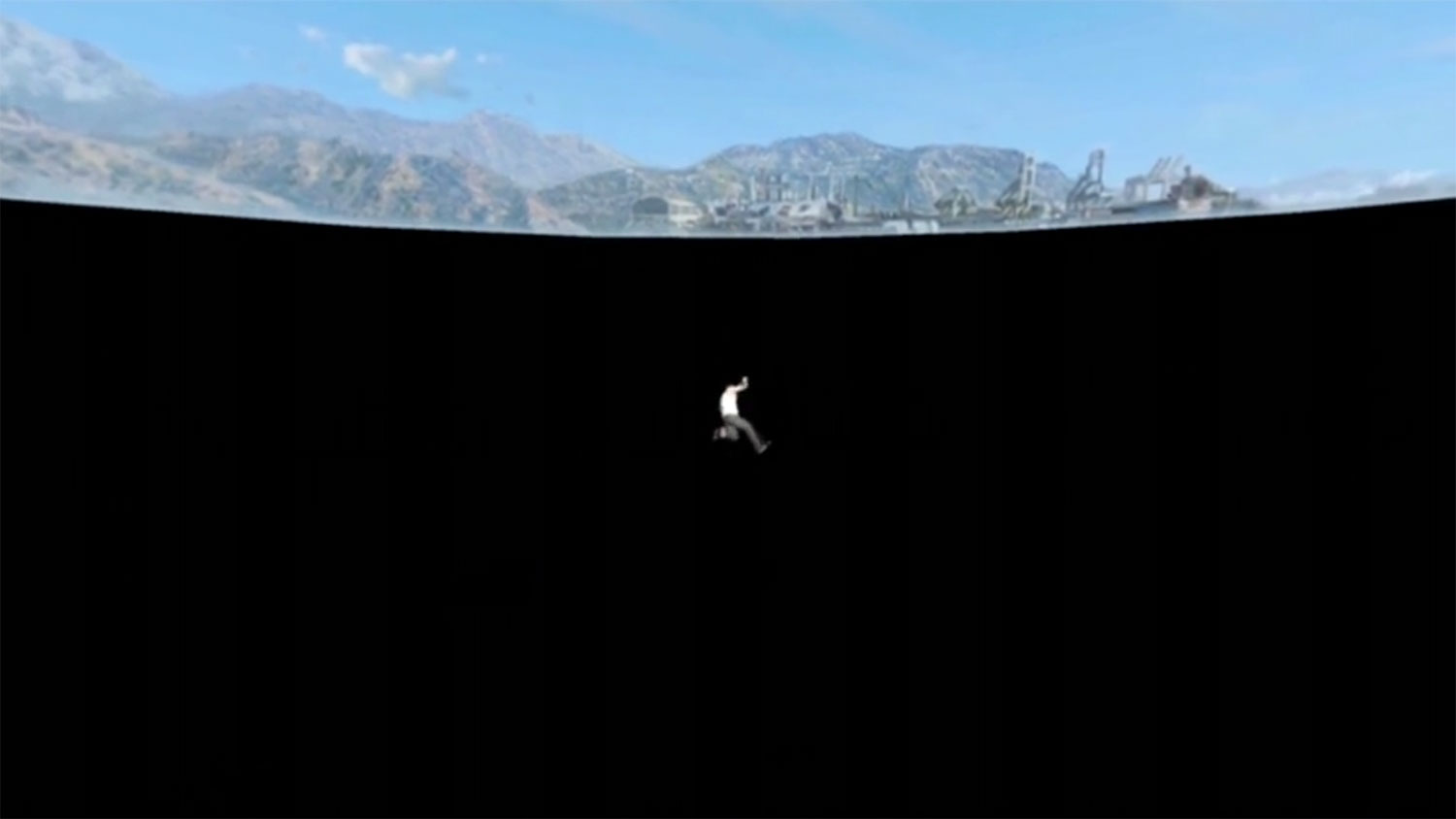“Recursion, Interrupted” is a reworked version of the closing presentation delivered at the conference “Art after Culture: Navigation Beyond Vision” at Haus der Kulturen der Welt on Saturday, April 6, 2019. As such, it is marked by the effort to do justice to that occasion from the present moment of life lived under lockdown in the third month of coronacapitalism. If pandemicapitalism appeared, in its first weeks, to simultaneously exaggerate all preexisting fascist, anti-capitalist, nationalist, anarchist and, post-capitalist tendencies, thereby generating a political ambiguity to be opportunistically exploited by the entrepreneurs of the alt-right, today, however, its exponential death count disambiguates any such categorical confusion. What the mortality count makes clear is the extent to which the political regimes operative within the UK, the US, and Germany, to name the three polities with which I am familiar, sentence racially differentiated working classes to risk, condemn them to death, and consign them to immiseration at the same time as networked media assuages, alleviates, emolliates, and lubricates the passage of fascist, anti-statist values, wishes, fantasies, norms, rules, and laws.
H. P. Lovecraft, “The Call of Cthulhu,” in The Call of Cthulhu and Other Weird Stories, ed. S. T. Joshi (Penguin Modern Classics, 2002), 139. James Bridle, New Dark Age: Technology and the End of the Future (Verso, 2018), 11.
Wilfrid Sellars, “Philosophy and the Scientific Image of Man,” in Science, Perception and Reality (Ridgeview Publishing Company,1991), 1–41.
James Bridle, New Dark Age, 39–40.
Alexander R. Galloway, The Interface Effect (Polity Press, 2012), 92.
Mahan Moalemi, “The Geo-Political Ontology of the Post-Optical Image: Notes on the Otolith Group’s Sovereign Sisters,” in The Otolith Group, Xenogenesis (Archive Books, forthcoming).
Tung-Hui Hu, A Prehistory of the Cloud (MIT Press, 2015), 143. Thanks to Mahan Moalemi for this reference.
Gabrielle Hecht, “Interscalar Vehicles for an African Anthropocene: On Waste, Temporality and Violence,” Cultural Anthropology 33, no. 1 (2018): 109–41.
Moalemi, “Geo-Political Ontology of the Post-Optical Image.”
Homi K. Bhabha, The Location of Culture (Routledge, 1994). Donna Haraway, “Situated Knowledge: The Science Question in Feminism and the Privilege of Partial Perspective,” Feminist Studies 14, no. 3 (Autumn 1988): 575–99.
Yuk Hui, Recursivity and Contingency (Rowman & Littlefield International, 2019), 9.
Eugene Thacker, “Black Infinity: or Oil Discovers Humans,” in Leper Creativity Cyclonopedia Symposium, eds. Ed Keller, Nicola Masciandaro, Eugene Thacker (Punctum Press, 2012), 176–7. Reza Negarestani and Robin Mackay, “Reengineering Philosophy,” November 2018 →.
Negarestani and Robin Mackay, “Reengineering Philosophy.”
Hui, Hui, Recursivity and Contingency, 125.
Hui, Hui, Recursivity and Contingency, 125.
Brian Massumi, “Potential Politics and the Primacy of Preemption,” Theory & Event 10, no. 2 (2007).
Massumi, “Potential Politics and the Primacy of Preemption.”
